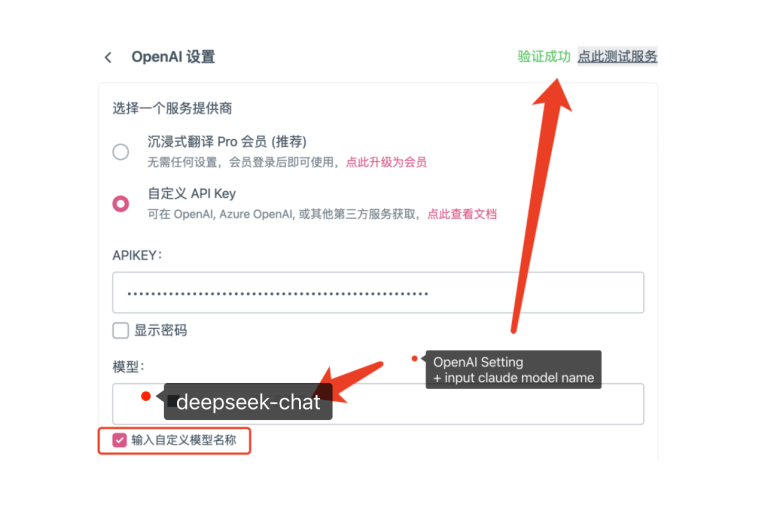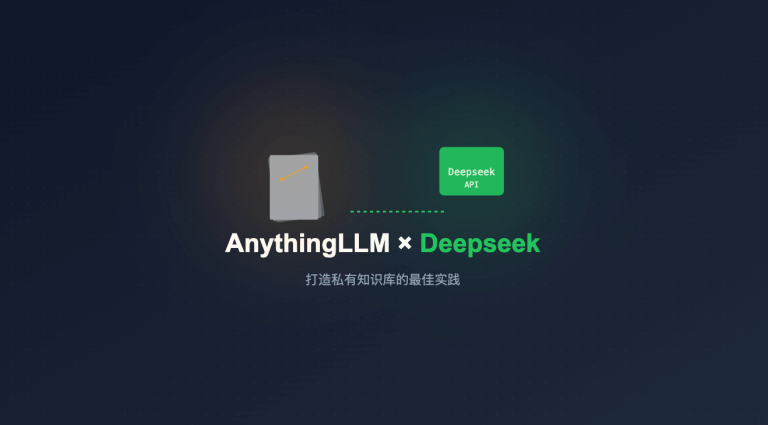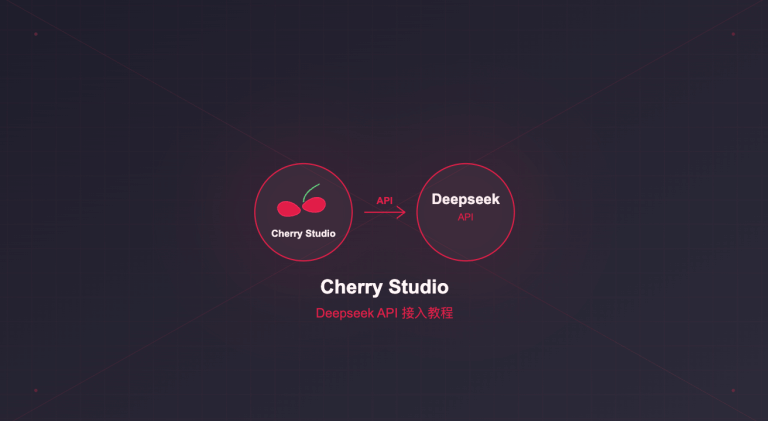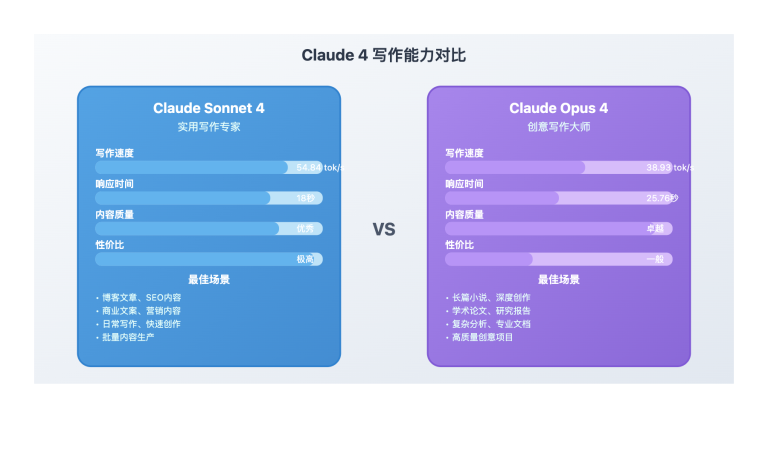前言:这篇文章我详细分析 Deepseek Reasoner (R1) 模型响应慢的原因,并提供实用的性能优化方案。
欢迎免费试用 API易,3 分钟跑通 Deepseek API 调用 www.apiyi.com
支持 Deepseek R1 等全系列模型,让你的 AI 应用更智能注册即送 1.1 美金额度起,约 300万 Tokens的 deepseek-chat 额度体验。立即免费注册>
问题分析
最近有用户反馈 Deepseek Reasoner (R1) 模型偶尔会出现响应较慢的情况。这个问题需要从多个角度来分析:
0. 核心原因是当前服务负荷重
最近太火了,先排除是否是官方问题,请看 Deepseek 的监控页面↓
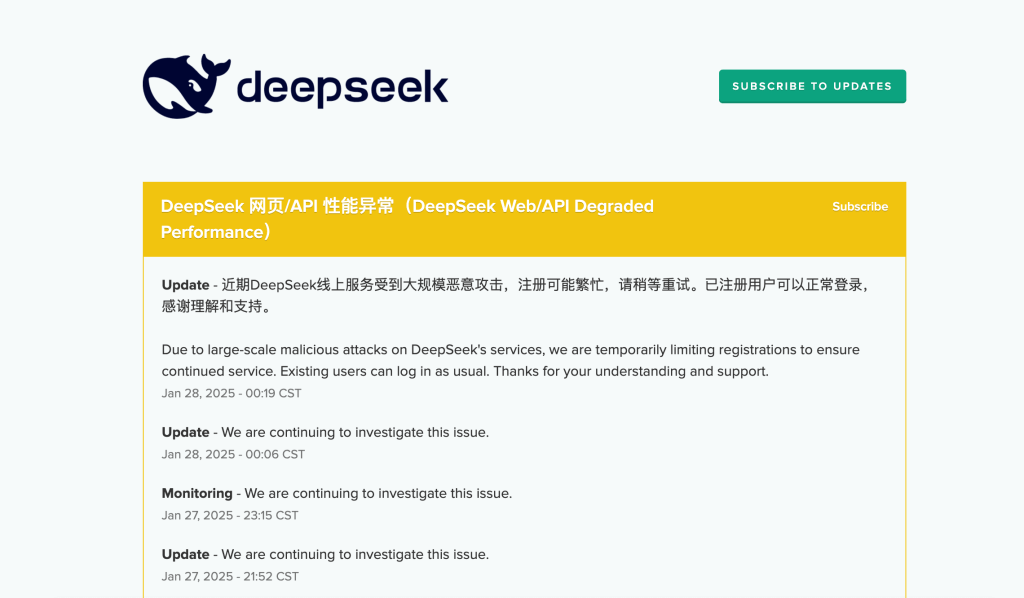
1. 模型特性导致
Deepseek R1 是一个专注于推理能力的模型,其特点是:
- 内置思维链(Chain of Thought)
- 强化了逻辑推理能力
- 性能对标 OpenAI o1 正式版
正是因为模型会进行深度的逻辑推理,所以响应时间会比普通对话模型更长。这不是 bug,而是特性。
2. 影响响应速度的因素
响应时间主要受以下因素影响:
- 问题的复杂度(不是文本长度)
- 需要的推理步骤数量
- 当前服务负载情况
- 网络连接质量
性能优化建议
1. 代码层面优化
实现超时重试机制
import openai
from tenacity import retry, stop_after_attempt, wait_exponential
@retry(
stop=stop_after_attempt(3), # 最多重试 3 次
wait=wait_exponential(multiplier=1, min=4, max=10) # 指数退避
)
def call_deepseek_api(prompt):
try:
response = openai.chat.completions.create(
model="deepseek-reasoner",
messages=[{"role": "user", "content": prompt}],
timeout=60 # 设置 60 秒超时
)
return response
except openai.APITimeoutError:
print("请求超时,将自动重试")
raise # 触发重试机制
except Exception as e:
print(f"发生错误: {str(e)}")
raise
使用异步调用
import asyncio
import openai
async def async_call_deepseek(prompt):
try:
response = await openai.chat.completions.create(
model="deepseek-reasoner",
messages=[{"role": "user", "content": prompt}]
)
return response
except Exception as e:
print(f"异步调用出错: {str(e)}")
return None
# 使用示例
async def main():
prompts = ["问题1", "问题2", "问题3"]
tasks = [async_call_deepseek(p) for p in prompts]
results = await asyncio.gather(*tasks)
return results
2. 提示词优化
有效的提示词结构
prompt = """
请按以下步骤解决问题:
1. 首先,...
2. 然后,...
3. 最后,...
问题:{your_question}
"""
避免冗余信息
- 删除无关上下文
- 明确指定需要的输出格式
- 避免重复的指令
3. 网络优化
- 检查网络稳定性
import requests import time def check_network(): start_time = time.time() try: response = requests.get("https://vip.apiyi.com/v1/health") latency = time.time() - start_time print(f"网络延迟: {latency:.2f}秒") return response.status_code == 200 except: print("网络连接异常") return False - 使用更稳定的网络环境
- 考虑使用云服务器
- 确保网络带宽充足
- 避免使用不稳定的网络
性能监控方案
1. 响应时间监控
import time
from datetime import datetime
def monitor_api_call(func):
def wrapper(*args, **kwargs):
start_time = time.time()
result = func(*args, **kwargs)
duration = time.time() - start_time
# 记录调用信息
log_entry = {
'timestamp': datetime.now().isoformat(),
'duration': duration,
'success': result is not None
}
# 可以将 log_entry 保存到文件或数据库
print(f"API 调用耗时: {duration:.2f}秒")
return result
return wrapper
@monitor_api_call
def call_api(prompt):
# 你的 API 调用代码
pass
2. 错误追踪
class APICallTracker:
def __init__(self):
self.error_counts = {}
self.total_calls = 0
def track_error(self, error_type):
if error_type not in self.error_counts:
self.error_counts[error_type] = 0
self.error_counts[error_type] += 1
def get_error_rate(self, error_type):
return self.error_counts.get(error_type, 0) / self.total_calls if self.total_calls > 0 else 0
tracker = APICallTracker()
常见问题解答
1. 为什么推理模型会比较慢?
推理模型需要进行复杂的逻辑分析和推理,这个过程类似于人类的思考过程。模型会:
- 分解问题为多个步骤
- 进行逻辑推理
- 验证中间结果
- 生成最终答案
2. 如何判断是否是性能问题?
观察以下指标:
- 响应时间是否超过 30 秒
- 是否出现频繁超时
- 错误率是否异常
- 网络延迟是否正常
3. 如何优化推理任务?
- 将复杂问题拆分为多个小问题
- 使用结构化的提示词
- 实现合理的重试机制
- 优化网络环境
总结
Deepseek R1 模型的响应时间受多个因素影响,通过合理的代码优化、提示词优化和网络优化,可以显著提升使用体验。记住,推理模型的响应时间会比普通对话模型长,这是由其深度思考和推理特性决定的。
欢迎免费试用 API易,3 分钟跑通 API 调用 www.apiyi.com
支持 Deepseek 全系列模型,专业的技术支持助你解决各类问题
本文作者:API易团队
最后更新:2025-01-20
欢迎关注我们的更新,持续分享 AI 开发经验和最新动态。


